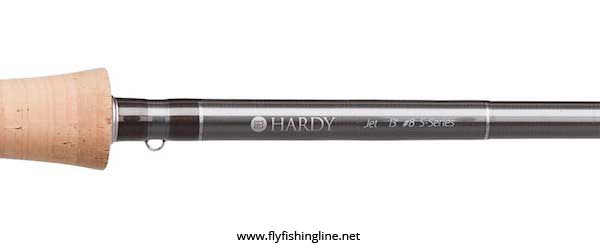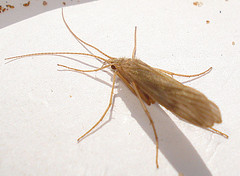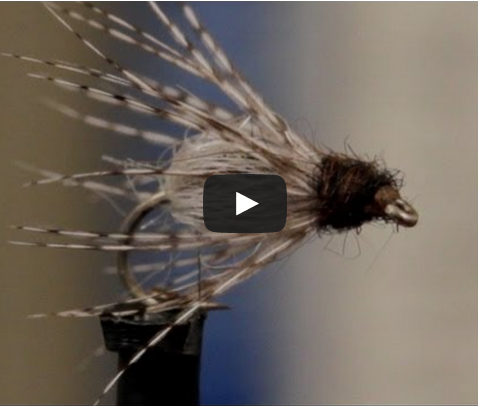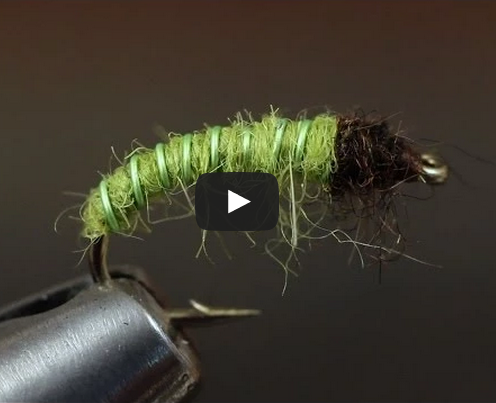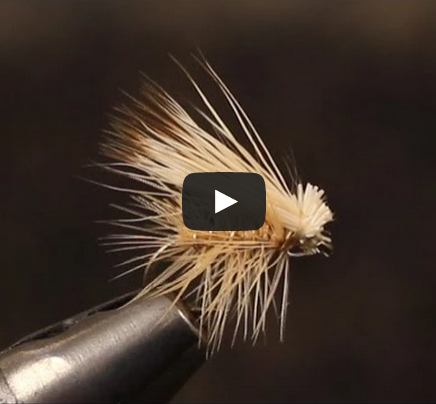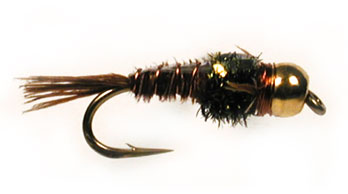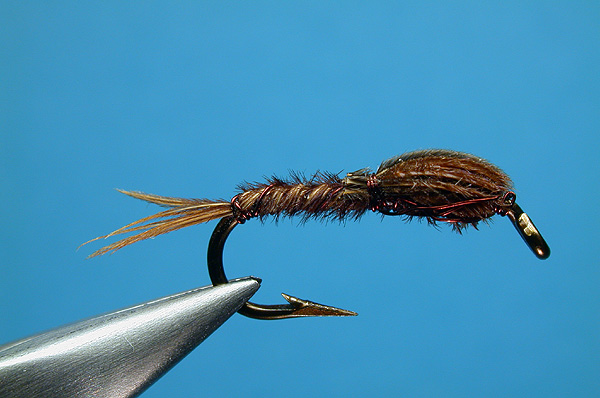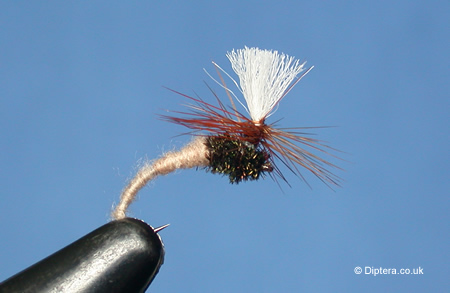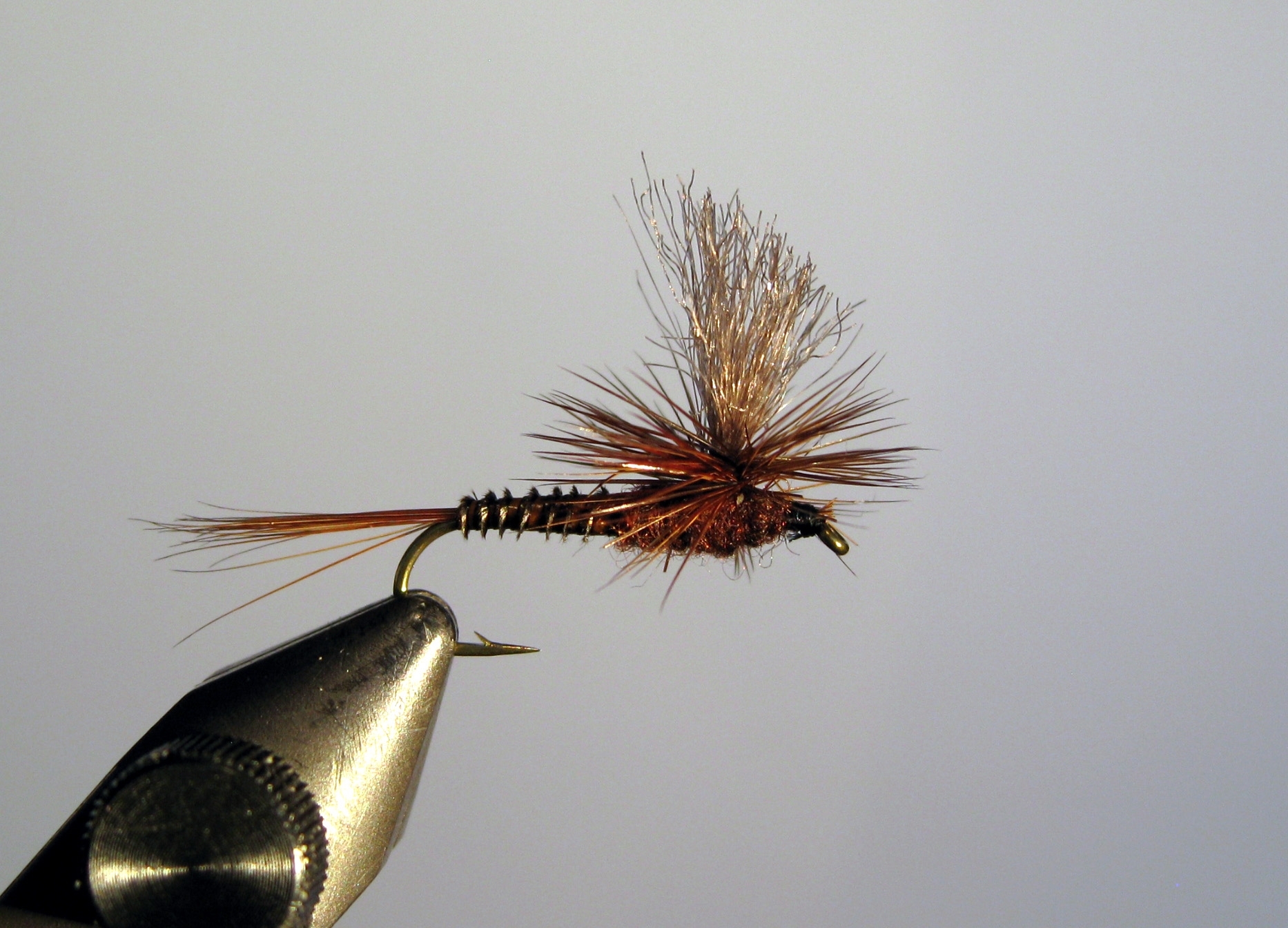This video shows how to tie a Parachute Adams which I feel is one of the most versatile of flies. The way the hackle is tied flat means that the fly almost always lands the correct way up and is very bouyant even in fast water. It is also very easy to tie. Typically we don’t tie these in sulphur colours like in the video. Choose colours that match your local hatches.
Tying Small Hook Sizes
This video varies from the standard pattern in that it only uses one furnace hackle on the fly rather than the normal furnace and grizly hackle (2 in total). This is easier to tie on smaller flies and in my opinion on these smaller flies is quite adequate. This is the best way to tie smaller hook sizes (16, 18, 20’s and even 22’s), though I use it on larger ones as well.
The materials I use to tie the Parachute Adams are:
- Hook: any flat or downward eyed dryfly hook
- Thread: “Spider web” clear thread
- Dubbing: Any dubbing that matches the may flies on your local rivers
- Tail: Nylon microfibbits (Oliver Edwards style)
- Hackle: Grizly, furnace or any other colour hackle to match your local may flies, sized for the hook
- Post/wing: Nylon poly yarn, usually in white.

